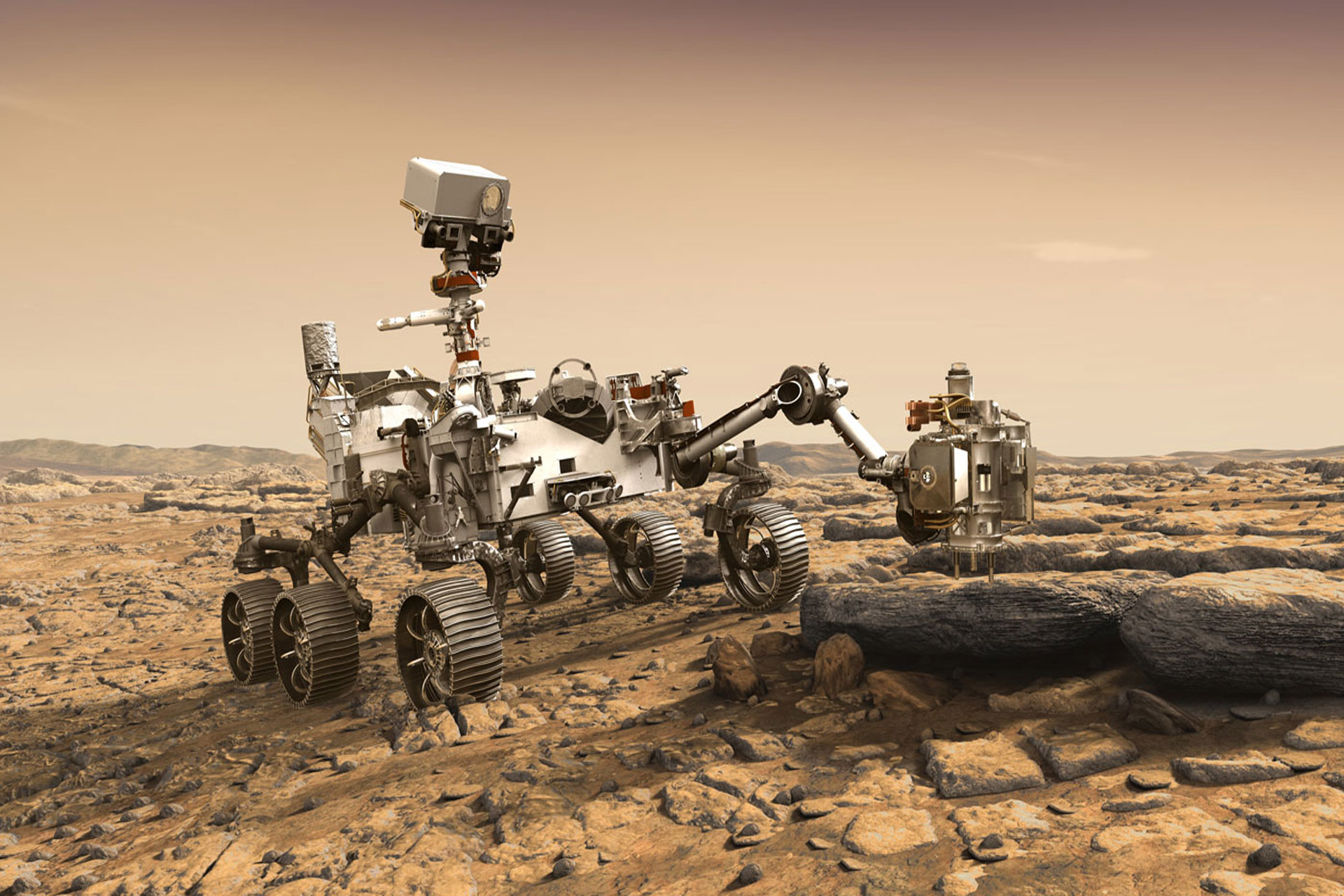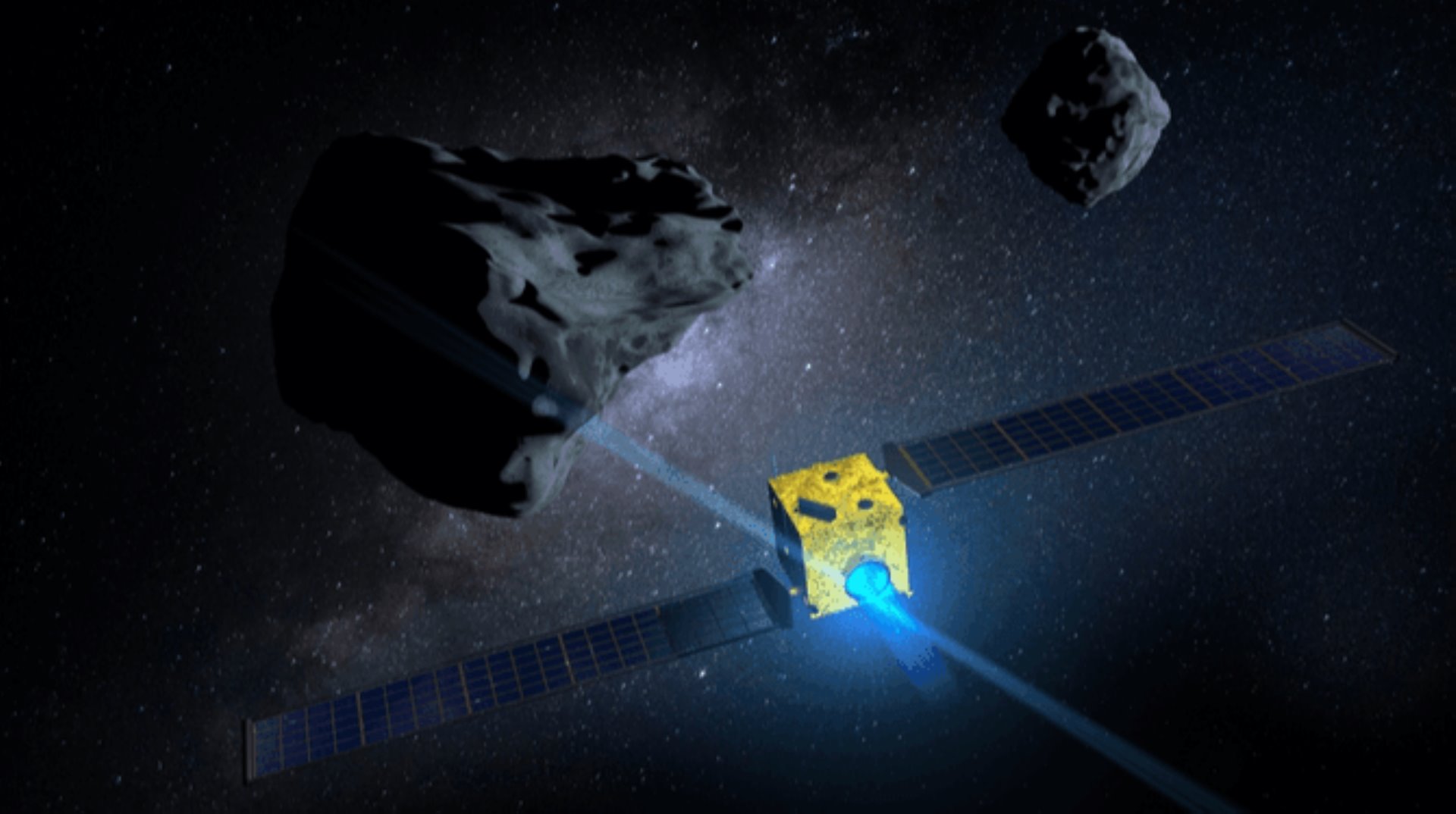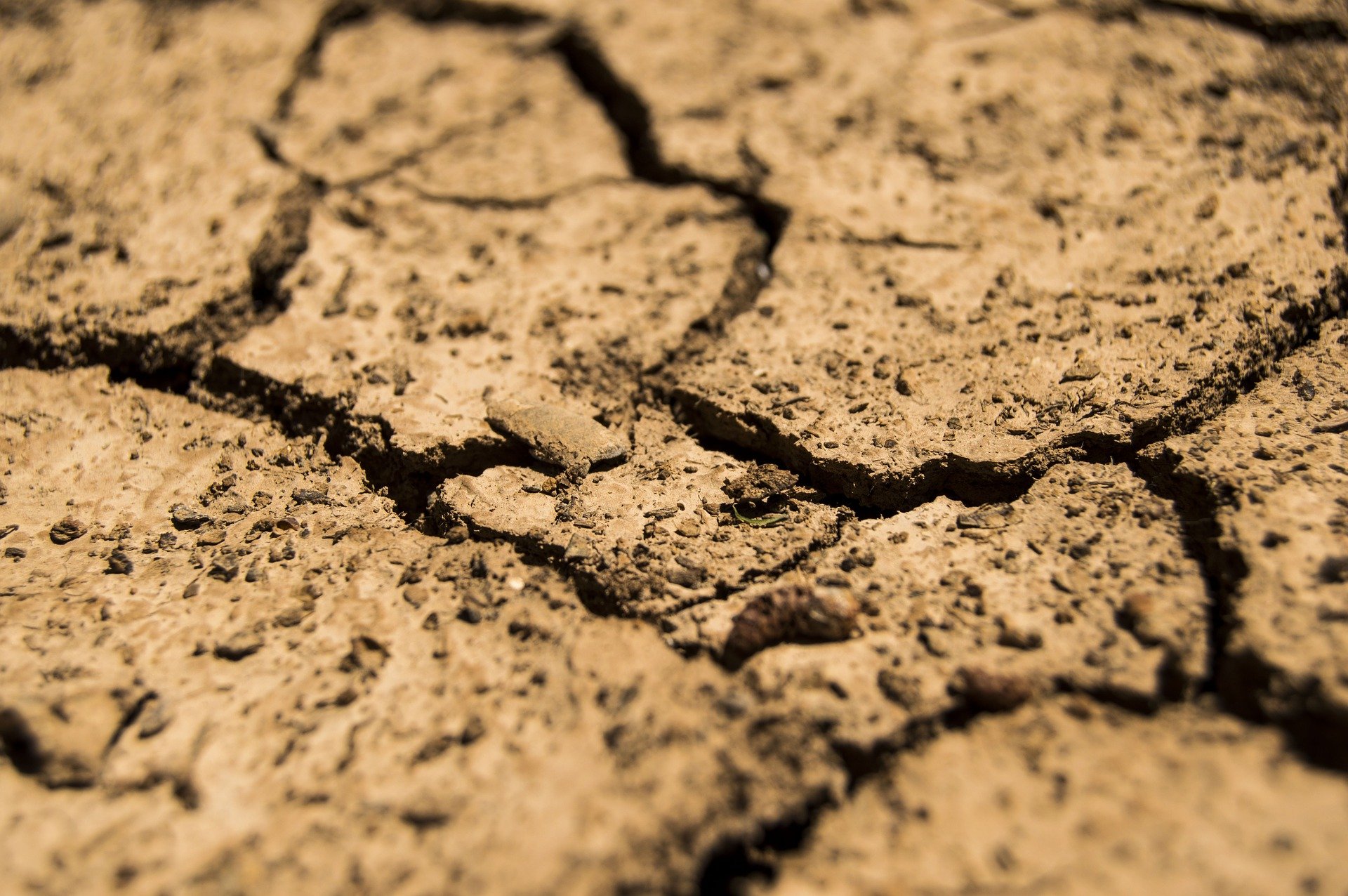Mars Part 3/4 - An unexpected and early final word.
We must not lose sight of reality, it is an extremely difficult task.
Some hard facts.
Note that in the title Mars Part 2/4 I talk about a fantasized prediction.
The fantasy is in many things and I am certainly getting ahead of myself. In reality, the Perseverance doesn’t have a real laboratory on board, but some experiments can be done. So he has to leave the samples taken somewhere safe so that it can possibly be picked up by future Mars missions and brought back to our Earth for final research. With that, anything can start to fall apart like a house of cards. For the lovers I like to give some real figures/facts:
- Perseverance must prepare for a human expedition:
- He maps the geology of Mars. With its RIMFAX radar, the structure of the soil can be measured up to a depth of 10 m. One hopes to be able to find ice/water underground. In addition, the camera can take panoramic photos, 3D photos and HD videos. The camera is much more powerful and versatile than Curiosity’s. “We could distinguish a fly with it at a distance of 100 m.”
- He’s trying to get a view of the climate there. With its MEDA, the wind, temperature and humidity can be measured.
- He tries to determine if there has ever been life. The PIXL can bring soil structures as small as a grain of salt into sharp focus. With the SHERLOC laser, organic materials can be seen. A small amount of the material is first evaporated and the spectrometers then study the composition of the resulting gas.
- He’s testing whether humans can go to Mars. With its MOXIE, oxygen can be produced from the carbon dioxide in the thin atmosphere. Its predecessors have already mapped potentially liveable environments.
- It has 2 microphones on board which is always handy. One observes the environment and the other records all the sounds during the work.
- It has a very mobile robotic arm of 2 m length. At the end there is a drill that can drill holes in the rocks and collect samples. It is hoped that this will fill 43 tubes, which will then be left in a strategic location where they can be fully automated later. A Mars mission with a return flight to Earth (without humans) is planned in 2030.

This photo can be seen on the Nasa website. The Ingenuity helicopter drone will deploy from the Perseverance rover and conduct a series of test flights, paving the way for future aircraft to fly on Mars.
- And then there is the drone helicopter INGENUITY with a double rotor of 120 cm that has to rotate extremely fast to get into the thin atmosphere of the ground. It weighs 1.8 kg, a wingspan of 1.2 m, stands on 4 legs, has a solar panel and a camera. Some self-contained flights of 2 minutes to a maximum of 10 m altitude and 300 m far should be possible and will serve to map the path of the Perseverance.
- The robot is about 2.7 m wide, 2.2 m high, 3 m long and weighs 1025 kg. A comparison with a passenger car is permeates itself.
- As a power source there is a radioisotope energy system, as with Curiosity. This energy system produces a reliable stream of electricity day and night. He uses the heat from the radioactive decay of plutonium as his ‘fuel’. The power supplied is 110 W at the beginning and is continuously stored in 2 rechargeable Lithium ion batteries. One takes into account an annual wear and tear of only a few percent. The energy system of its predecessors that worked with solar panels, as with Spirit and Opportunity (and then became unusable due to the dust) has therefore been permanently improved. From now on, a maximum of 2 km can be travelled daily at a sedentable pace of 150 meters per hour. There are 6 wheels of 0.5 m diameter, each with its own engine and 4 of them can steer. Titanium spokes provide the firmness and an aluminium tread with cleats provides grip so that rocks up to 40 cm can be overcome. Curiosity’s wheels were damaged much faster than expected.
- There are 2 on-board computers, one of which is used as a backup, a system that has proven its worth at Curiosity.
Possible feedback.
It is a prophecy, no man is good at it. This article was written long before the possible successful landing of the robot was a fact. This, too, should be thought-provoking.
Yet this writing worked as a kind of liberation, although it leaves a scratch on my youthful soul.






Comments